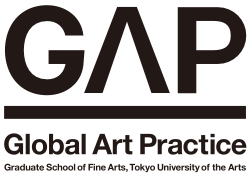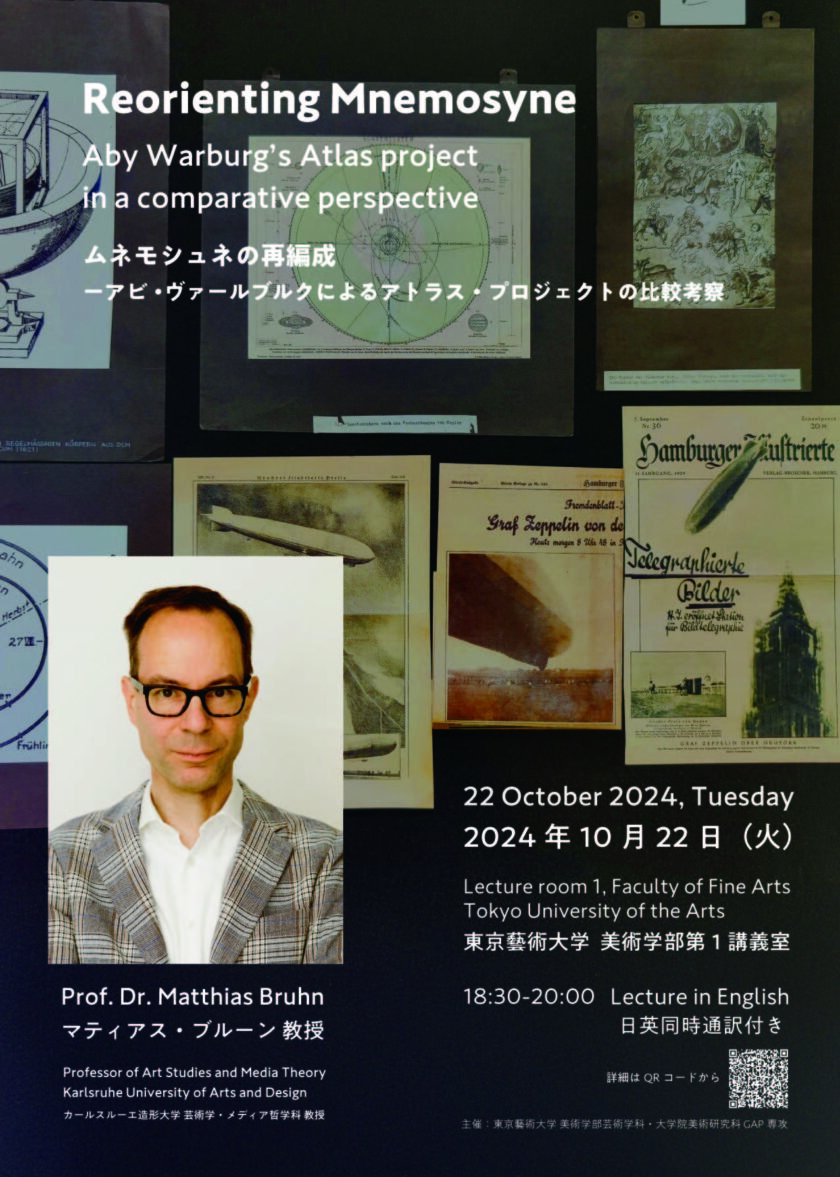登壇者 Guests:
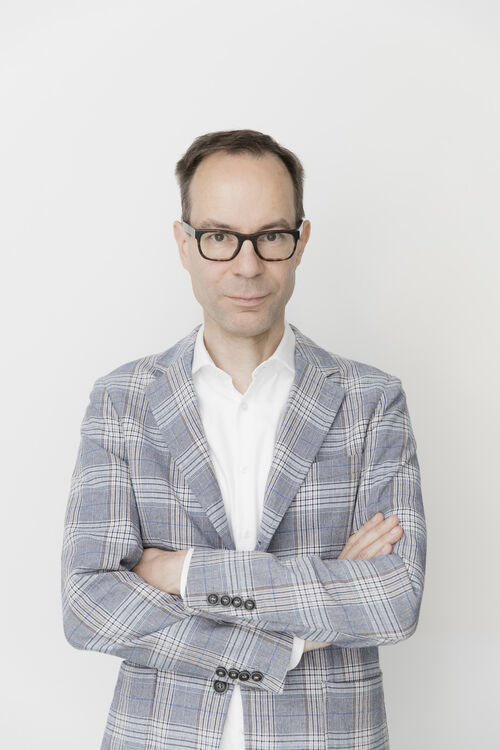
Prof. Dr. Matthias Bruhn マティアス・ブルーン教授
Professor of Art Studies and Media Theory,
Karlsruhe University of Arts and Design.
カールスルーエ造形大学
芸術学・メディア哲学科 教授
マティアス・ブルーンは、カールスルーエ芸術デザイン大学の芸術学およびメディア理論の教授です。彼はハンブルクで美術史と哲学を学び(1997年博士号取得)、そこでヴァールブルク・ハウスの研究プロジェクト「政治的図像学」を指導しました(2001年まで)。
その後、複数のフェローシップとBTUコットブスの世界遺産研究プログラムのコーディネーターを務めた後、ベルリン・フンボルト大学の常勤研究員およびクラスター・オブ・エクセレンス「イメージ・知識・デザイン」共同研究事業の主任研究者として勤務しました。
彼の研究は、科学的および政治的・経済的なイメージの機能、視覚メディアの発展、美術史における比較方法に焦点を当てています。
Matthias Bruhn is Professor of Art Studies and Media Theory at Karlsruhe University of Arts and Design. He studied Art History and Philosophy in Hamburg (Dr. phil. 1997) where he also directed the research department “Political Iconography” at the Warburg Haus (until 2001).
After several fellowships and a position as coordinator of the World Heritage Studies program at BTU Cottbus, he worked as a Permanent Research Associate at Humboldt-Universität zu Berlin and as Principal Investigator of the Cluster of Excellence “Image Knowledge Gestaltung”.
His research focuses on scientific as well as political and economic functions of images, the development of visual media and comparative methods in Art History.
テーマTheme:
Reorienting Mnemosyne – Aby Warburg’s Atlas project in a comparative perspective.
ムネモシュネの再編成:アビ・ヴァールブルクによるアトラス・プロジェクトの比較考査
「ムネモシュネ・アトラス」を知っていますか?古代から20世紀までのイメージの画像を組み合わせて黒いパネルの上に貼った63枚のパネル・シリーズで、画像同士、パネル同士のつながりを分析し、美術史に新しい流れを生み出しました。今に続くイコノロジー研究の基礎となっていく、ドイツのハンブルクで活躍した在野の文化科学研究者アビ・ヴァールブルク(Aby Warburg, 1866-1929)の壮大な仕事です。ハンブルクの私邸を「ヴァールブルク文化科学研究図書館」に改築し、美術史だけにとどまらない膨大な数の書籍を集め、越境的な研究方法を模索していました。「ムネモシュネ(記憶の女神)・アトラス(地図帳)」に貼り込まれた画像には、古代から20世紀に至る美術作品だけでなく、広告や切手といった、同時代の幅広い視覚資料が含まれます。今で言えば領域横断的な画像の組織的な分析でした。ヴァールブルクの死後、「ヴァールブルク文化科学研究図書館」は、ナチスの迫害を恐れて全ての書籍と写真資料をロンドンに疎開させます。それが、ロンドン大学附属の「ウォーバーグ(ヴァールブルクの英語読み)研究所」です。ここで助手として働くエルンスト・ゴンブリッチや、ハンブルク大学教授のエルヴィン・パノフスキーは、ヴァールブルクの思考法に多大な影響を受けて世界をリードする方法論を確立しました。
今回の講義をしてくださるマティアス・ブルーン教授は、ヴァールブルクの仕事の再検討を通して、新しい美術研究として注目される「グローバル・アートヒストリー」の方法論的なモデルを構築することを目指しています。ヴァールブルクが残した美術史ツール「ムネモシュネ・アトラス」というパネルの検証を通して、今後の美術史学を切り開く新しい方法論の可能性を探る、刺激的なレクチャーです。
ブルーン先生は英語で話されますが、日英同時通訳が入ります。感想、質問も日本語・英語どちらでも受け付けます。たくさんの方の参加をお待ちしています。
また、23日(水)午後と24日(木)午前には、大学会館2階でカールスルーエ造形大学の学生と芸術学科、G A Pの学生が共同で制作した新たなムネモシュネ・アトラスの展示とプレゼンテーションが行われます。ぜひご覧ください。
Dear Non-Japanese speakers! Why not listen to a talk on a new art history in English? We are holding an exciting lecture with Professor Dr. Matthias Bruhn, who is a professor of Art Studies and Media Theory at Karlsruhe University of Arts and Design. No reservations are required, and there will be simultaneous interpretation in Japanese and English.
Do you know the ‘Mnemosyne Atlas’? This is a series of 63 panels, each of which is made up of a combination of images from ancient times to the 20th century, pasted onto a black panel. By analysing the connections between the images and the panels, it created a new trend in art history. This is the magnificent work of Aby Warburg (1866-1929), a cultural scientist who worked in Hamburg, Germany, and whose research laid the foundations for the field of iconology as it is known today. He converted his private residence in Hamburg into the ‘Warburg Institute for Cultural and Scientific Research Library’, and collected a vast number of books that went beyond the field of art history alone, exploring trans-disciplinary research methods. The images pasted into the ‘Mnemosyne (Goddess of Memory) Atlas(Map Book)’ include not only works of art from ancient times to the 20th century, but also a wide range of visual materials from the same period, such as advertisements and stamps, etc. This was a systematic analysis of images that cut across disciplines. After the death of Warburg, the ‘Warburg Institute for Cultural and Scientific Research Library’ evacuated all of its books and photographic materials to London, fearing persecution by the Nazis. This was the Warburg Institute, which is affiliated with the University of London. Ernst Gombrich, who worked here as an assistant, and Erwin Panofsky, a professor at the University of Hamburg, were greatly influenced by Warburg’s way of thinking and established world-leading methodologies.
Professor Matthias Bruhn, who will give this lecture, aims to construct a methodological model for ‘global art history’, a new approach to art research that is attracting attention, through a re-examination of Warburg’s work. This is an exciting lecture that explores the potential for new methodologies that will open up the future of art history through an examination of the ‘Mnemosyne Atlas’ panel, an art history tool left behind by Warburg.
Professor Brune will be speaking in English, but the simultaneous interpretation in English and Japanese will be provided. We will also accept feedback and questions in either English or Japanese. We look forward to seeing you there.
In addition, on the afternoon of the 23rd (Wed) and the morning of the 24th (Thu), there will be an exhibition and presentation of the new Mnemosyne Atlas, which was created jointly by students of the Karlsruhe University of Arts and Design, of the Geijutsu-Gakka (Department of Aesthetics and Art History, TUA) and of the GAP (Global Art Practice, TUA), on the second floor of the University Hall. Please come and take a look.
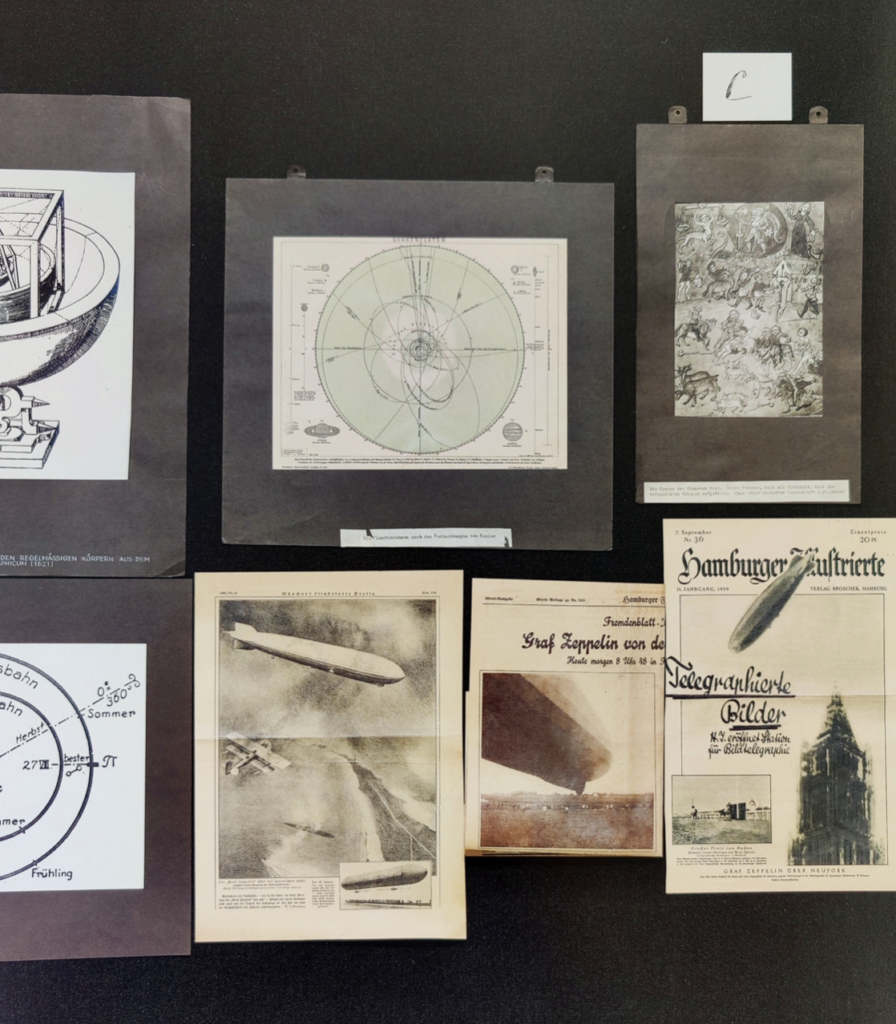
Mnemosyne Atlas
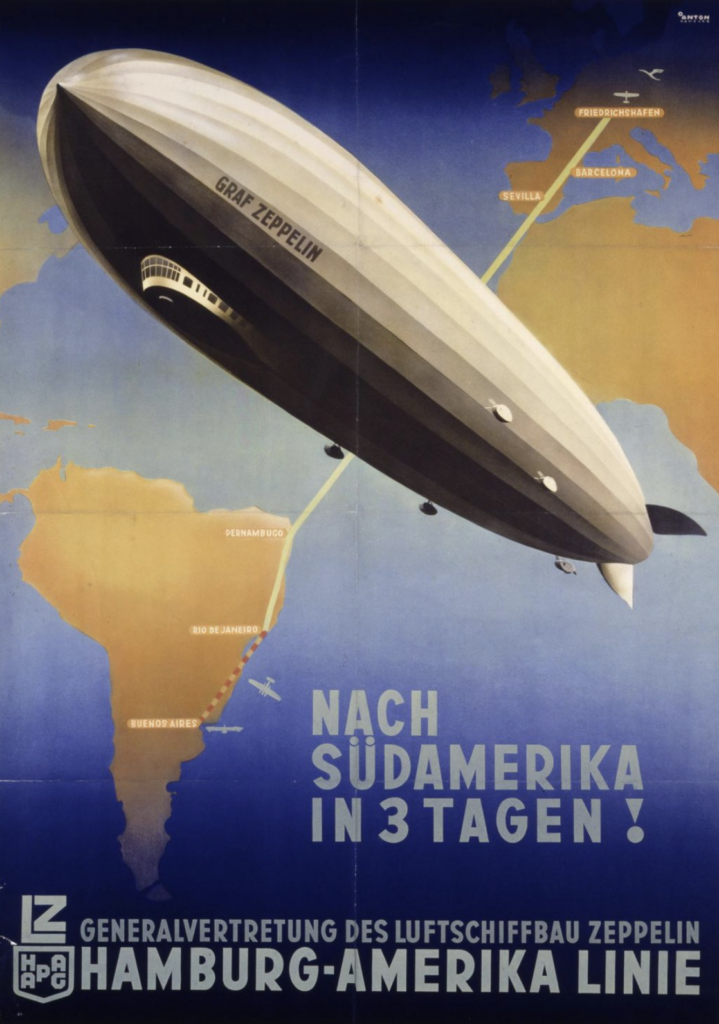
Advertisement poster
日時 Date & Time:
2024年10月22日(火)18:30-20:00
October 22, 2024(Tuesday) 18:30-20:00
会場 Venue:
東京藝術大学上野キャンパス 美術学部中央棟第一講義室(以下の地図の7番)
Lecture Room 1, Central Building, Faculty of Fine Arts, Ueno Campus, Tokyo University of the Arts (No. 7 on the map below) *
https://www.geidai.ac.jp/access/ueno
使用言語 Language:
英語 English (日英同時通訳付き)
There will be simultaneous translation between English and Japanese.
参加無料・予約不要(先着順)Admission:
Free of charge, reservations not required (first-come, first-served)
主催 Credit:
東京藝術大学美術学部芸術学科
Department of Aesthetics and Art History, Tokyo University of the Arts
東京藝術大学大学院美術研究科グローバルアートプラクティス専攻(GAP)
Global Art Practice (GAP), Tokyo University of the Arts
問い合わせ先 Contact:
美術研究科 グローバルアートプラクティス専攻 メール:gapstaffs@ml.geidai.ac.jp
Graduate School of Art, Department of Global Art Practice Email: gapstaffs@ml.geidai.ac.jp
